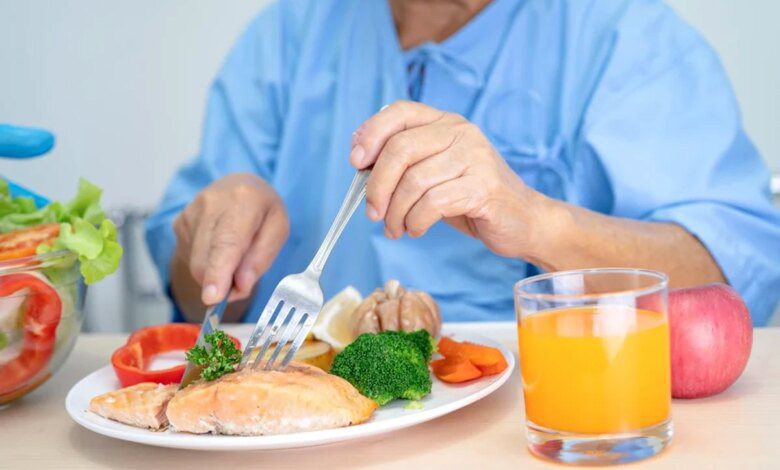
Are we ingesting microplastics from food? How to avoid this!
When plastic pollutes the environment, it enters the food chain and then into people's bodies. The chemicals in plastic are harmful to the body, so here are solutions to avoid it!
Very small plastic particles, typically smaller than 5 millimeters, are called microplastics. These small pieces of plastic break off from packaging and containers and break down and end up in the ocean. Thus, they enter our body when we eat certain foods, such as seafood. Microplastics can also be found in beverages, including beer and tap water. The chemicals in microplastics are toxic to human health as they affect hormonal health, immune status and may even increase the risk of chronic diseases. Luckily, there are some simple ways to reduce your exposure to microplastics.
The content of the article
Limit your consumption of processed foods
Processed foods such as hamburgers and canned goods contain large amounts of microplastics. After consumption, they are absorbed by the body, including children. Additionally, the poor nutritional quality of these foods, coupled with the harmful effects of microplastics, may contribute to the development of chronic diseases such as heart disease. The solution is to limit their consumption and rely on home-cooked meals. It is equally important to avoid prepared foods such as canned foods.
Choose loose tea
Plastic tea bags can release large amounts of microplastics when brewed in hot water. The solution is to replace tea bags with loose tea or use reusable tea bags, infusers or tea balls. In addition, it is equally important to drink homemade tea, not store-bought tea.
Use eco-friendly packaging
Using environmentally friendly packaging reduces the amount of microplastics in food. It is recommended to choose glass, steel and bamboo storage containers instead of disposable plastic ones. It is equally important to avoid commercial foods that are cooked directly in plastic bags and to avoid microwaving food in containers made from this toxic material.
Do you know that...is exposure to microplastics 2-3 times higher in people who drink water from plastic containers than in those who use glass containers?
Choose seafood carefully
The oysters, mussels and clams on your plate can contain large amounts of microplastics, so it's good to eat these foods in limited quantities. When purchasing them, avoid those from Asia and the Mediterranean, which have high levels of pollution. Additionally, sea salt from the Pacific, Spain, China, Taiwan, and pink Himalayan salt have the highest levels of microplastics. Instead, choose sea salt from Turkey, Italy and Croatia.
Tips to remember
To avoid contact with microplastics, consider the following recommendations:
• When you stay at home, use a water filter and water purification device;
• Stay away from cosmetic products containing microplastics, such as abrasive shower gels and products with glitter;
• It is best to avoid wearing synthetic clothing if possible.













